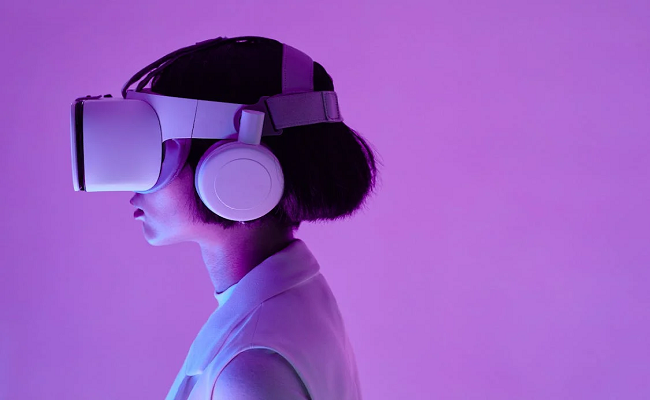The modern world is witnessing the dawn of a new era in the field of learning and education. Revolutionary technologies, such as virtual reality (VR), are reshaping how we engage with content and acquire new knowledge. One specific demographic that stands to benefit enormously from these advancements is at-risk youth. By harnessing the power of VR, we can reignite a love for learning in these young individuals, transforming education into a captivating, immersive experience.
The power of engagement in learning
The first step towards leveraging VR in education is understanding its potential for engagement. Traditional education often fails to captivate the interest of at-risk youth due to its rigid structure and lack of interactive elements. However, VR offers a solution to this problem. By immersing students in a three-dimensional environment, VR makes learning an engaging, interactive experience. Complex concepts become tangible, fostering a deeper understanding and retention of knowledge. This immersive learning approach can be particularly beneficial in engaging at-risk youth, reigniting their passion for learning.
Enter VR headsets
One of the most promising VR devices on the market is headsets like the Meta Quest 3s Enterprise. This cutting-edge technology provides a highly immersive experience, with advanced features that make it ideal for educational purposes. The high-resolution display and precise motion tracking allow students to interact with the virtual environment in real-time, enhancing their learning experience. Furthermore, the headset offers a range of educational applications and games, catering to various learning styles and preferences. It provides a creative and engaging platform for at-risk youth to explore complex subjects, fostering a love for learning.
The role of educators in VR learning
While the technology itself is impressive, the role of educators in implementing VR in the classroom is equally crucial. Teachers must understand how to effectively integrate VR into their teaching methodology, ensuring it enhances learning rather than serving as a mere distraction. This involves selecting suitable VR content that aligns with the curriculum, as well as devising interactive activities that encourage student participation. By effectively leveraging VR, educators can create a dynamic learning environment that appeals to at-risk youth, reigniting their interest in education.
A shift towards experiential learning
As we move forward, one trend that is gaining traction in the education sector is the shift towards experiential learning. This approach emphasizes learning through experience, encouraging students to engage with the subject matter actively. VR, with its immersive capabilities, aligns perfectly with this trend. By simulating real-world scenarios, VR allows students to learn by doing, fostering a deeper understanding of the subject. This can be particularly beneficial for at-risk youth, offering a novel, engaging way to learn that deviates from traditional classroom methods.
The future of education
The integration of VR into education signifies a shift towards a more immersive, engaging learning model. This could be the key to reigniting a love for learning in at-risk youth, offering them a compelling, interactive way to explore new concepts. As we continue to explore and refine this technology, the potential of VR in transforming the education landscape becomes increasingly apparent. The future of education is upon us, and it's time to embrace the opportunities it presents. Through VR, we can provide at-risk youth with the engaging, immersive education they deserve, fostering a lifelong love for learning.
